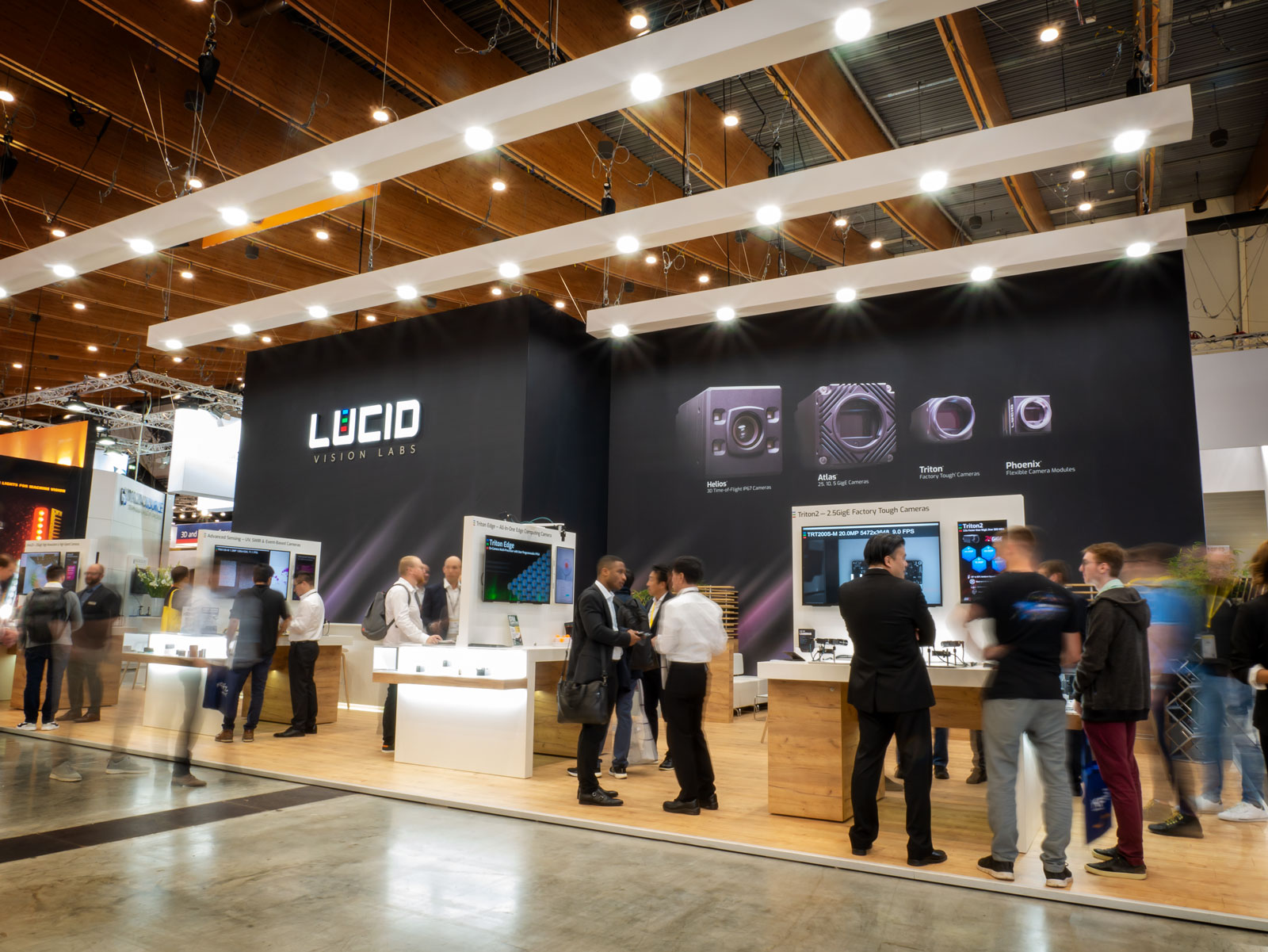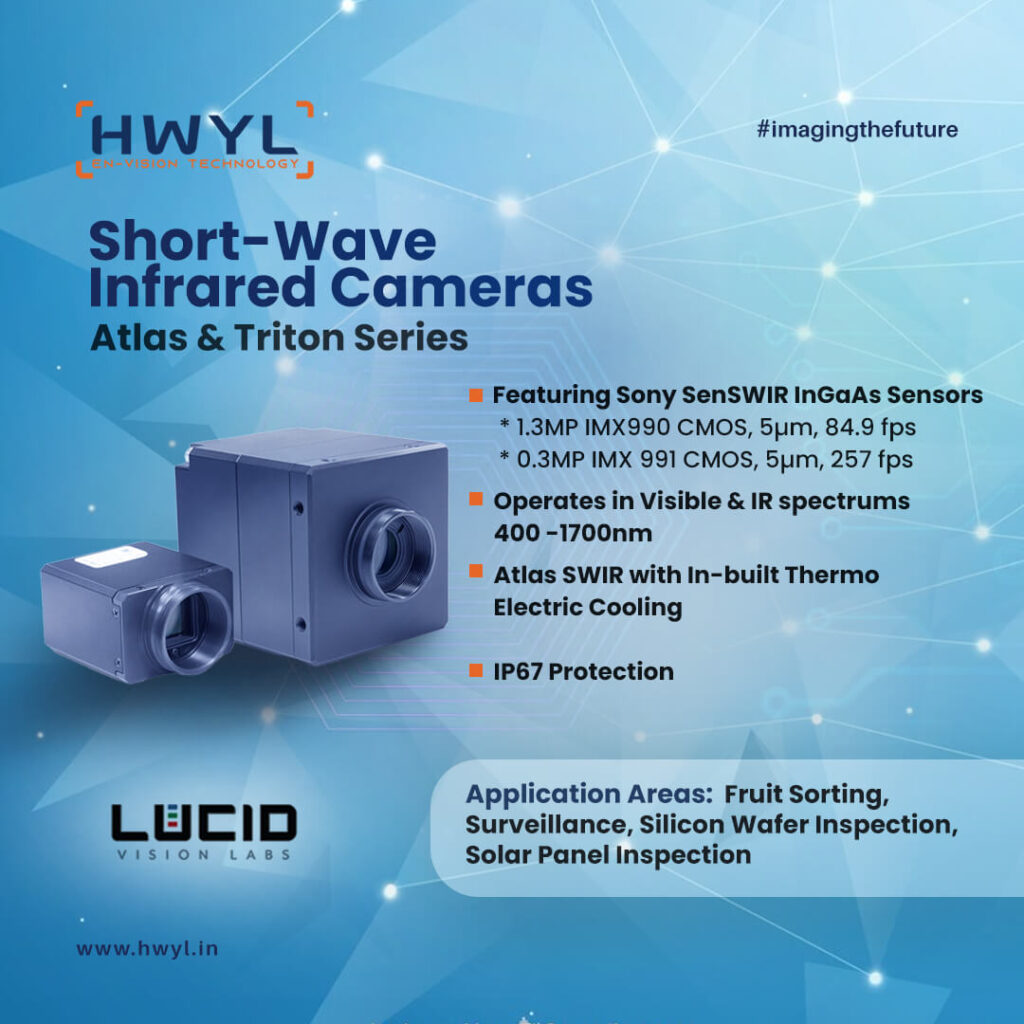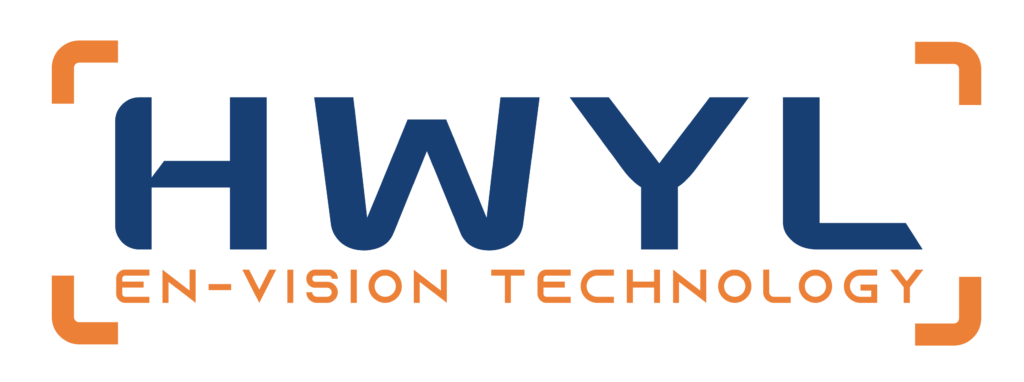
Exploring SWIR Cameras: A Detailed Walkthrough of Atlas and Triton Series
For decades, visible-range cameras have helped us uncover deep insights while imaging objects across industries and applications. But they have limitations. A few among them being poor vision under hazy or smoky conditions, limited penetration through opaque materials, and false colour interpretations.
These limitations have sparked the fast-paced transition towards Short-Wave Infrared (SWIR) imaging over the last few decades. SWIR cameras use a special type of sensor that can detect light invisible to the human eye, thereby unlocking a whole new world of possibilities across industries. Overlapping the visible and near-infrared regions of the electromagnetic spectrum, its wavelength band extends from 900 to 2500 nm. SWIR offers enhanced visibility under challenging environments, penetrates silicon, plastic and other opaque materials with ease, and has the ability to differentiate between materials for precise identification and sorting. In short, SWIR cameras address all the inherent shortcomings of conventional visible-range cameras and have broadened the horizons of imaging across industries.

Key Applications of SWIR Vision Systems
- Fruit & Food inspection: SWIR is sensitive to water and can be used to examine moisture content and anomalies in fruits, vegetables and packaged food items. Common examples include apples, strawberries, coffee beans, packaged sugar and baking soda, and more.
- Material sorting: Objects that have the same colour and shape can be difficult to sort under visible light. However, these objects absorb and reflect SWIR wavelengths differently and thus can be effectively used to identify foreign objects. This is particularly useful in the food and pharma industries.
- Packaging: Monitoring the fill levels of packages with printed graphics is challenging under visible light. However, certain opaque plastic packaging, when exposed to SWIR wavelength, becomes transparent. This helps in detecting fill levels or seal integrity of heated food packages.
- Silicon Wafer Inspection: While visible light can be used to detect issues on the front-side of silicon wafers, it is unable to detect inner imperfections. SWIR becomes a saviour here as silicon wafers become translucent at wavelengths around 1100 nm to 1400 nm. This helps detect foreign objects or imperfections, both on the front-side and back-side of the wafer.
The applications of SWIR imaging also extend to IR microscopy, medical imaging, semiconductor inspection, autonomous vehicle assistance, security & surveillance, environmental monitoring, laser beam profiling, outdoor imaging and more.
The Powerhouses: Atlas and Triton SWIR Cameras
Similarities between Triton and SWIR cameras
Both the cameras can capture images across the visible (400 -700 nm) and the invisible IR spectrums (700–1700 nm). Both the series feature the wideband and high sensitivity Sony SenSWIR InGaAs CMOS sensors, the 1.3 megapixel IMX990 and the 0.3 megapixel IMX991. These are compact ½” and ¼” sensors and offer a miniaturised pixel size of 5μm. Both cameras are IP67 protected, meaning they are built to Lucid’s Factory tough specifications and are fully tested against physical shocks, vibrations, water, dust, temperature and electromagnetic interference.
Other features enabling user-specific applications are:
Power Over Ethernet (POE) – Both Atlas and Triton cameras allow power and data transmission over a single one gigabit ethernet cable, simplifying set up and lowering costs.
Active Sensor Alignment – The sensors within the cameras are actively aligned to minimise image sensor tilt/rotation. They are placed such that the centre of the image sensor aligns with the optical axis of the lens.
M12 and M8 Connectors – The cameras employ M12 and M8 connectors that are designed to operate securely and without errors in high vibration environments. They are also shielded effectively against electrical interference.
100m Cable Lengths – The cables used are compatible with the affordable CAT5e, CAT6, CAT6a, CAT7 cabling for gigabit ethernet bandwidth and have a maximum cable length of 100m.
LUCID Vision Labs is at the forefront of SWIR technology by constantly innovating and introducing modern solutions in the market. Their most recent launches include the advanced sensing cameras – the Triton2 – 2.5GigE SWIR cameras that feature Sony’s IMX992 sensor with 5.32 megapixels resolution, and IMX993 sensor with 3.21 megapixels resolution. The cameras offer 2.5GigE (300 MB/s) bandwidth that deliver superior performance and value.
What sets them apart?
The main difference between the two cameras is that Atlas cameras are equipped with an inbuilt single-stage thermoelectric sensor cooler (TEC) and a large, internal heatsink housed in a large camera case. This setup results in the sensor temperature being maintained at a constant 15°C Celsius, which is important for maintaining good image quality and low dark current during streaming.
The Triton series, on the other hand, do not contain the internal cooling components – the TEC cooling device or the large internal heatsink. This helps the set-up to be more affordable and compact compared to the Atlas series. However, users should manage the cooling solution for the camera on their own by using external heat sinks or mounting the set-up on good thermal conductive platforms like copper or aluminium. The onus is on the users to regulate the dark current generated during operation.
So which camera to use when?
Overall, the Atlas is the better choice if you need a camera that can operate reliably at a consistent temperature and maintain good image quality within -20 to 50°C industrial environments. The typical applications of Atlas cameras include industrial inspection, scientific research, and high-security surveillance.
The Triton is a good option if you are on a budget, want maximum design flexibility or control over thermal management, or need a smaller camera for your specific setup. However, you will need to take steps to manage the heat in the Triton camera if you want to use it for long exposures or for 24/7 streaming. These low cost SWIR cameras are ideal for space-constrained applications, quality control, robotics, and agricultural imaging.
HWYL can help you ride the SWIR revolution!
SWIR imaging technology is a revolutionary technology and can be expected to be integrated into our daily lives soon. From smartphones with enhanced night vision to medical devices that peer deep within the human body, the possibilities are truly endless.
HWYL can help you ride the technology wave by helping you choose, procure, implement and reap results from both Triton and Atlas cameras. With deep technology understanding and domain expertise, value added support and strategic partnerships with leading OEMs, we can be your one-stop shop when it comes to embracing SWIR cameras and sensors. So next time you notice the need to use SWIR technology for your business, you know whom to get in touch with :).
